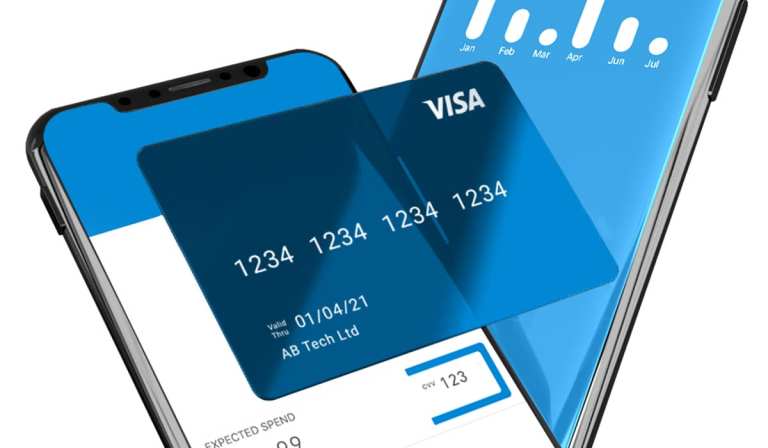Virtual cards and straight-through processing (STP) are poised to get more attention from buyers and suppliers as the pandemic recedes. As Nick Reid, director of B2B Partner Development at Conferma Pay, told PYMNTS, though not new, STP — which routes card payments and data automatically to suppliers and sidesteps manual processes — is increasingly being combined with virtual cards in a bid to level the playing field in B2B payments.
“It’s widely acknowledged in the industry that for a long time, the benefits of commercial cards [for supplier payments] have been … weighted in favor of corporate buyers,” Reid said, adding that “among the innovations and trends we’re currently seeing is the industry’s attempt to redress that balance between buyers and suppliers.”
Suppliers, he said, have traditionally been less amenable to commercial card payments, but are increasingly starting to accommodate buyers’ payment preferences. Accommodating those preferences gives suppliers the opportunity to increase sales volumes and decrease their cash conversion cycles and days sales outstanding (DSO). But not all suppliers have the point-of-sale (POS) infrastructure that is necessary in order to accept card payments. And even when suppliers do have the POS infrastructure, “processing card payments may be manual, time consuming and prone to error,” Reid said.
Against that backdrop, he said, virtual cards are of value because they give buyers the associated benefits of paying by card, such as extending days payable outstanding, enhanced automated data reconciliation, and any commercial card rebate they get from their issuer. For suppliers, card processing and acquisition are automated and funds are automatically disbursed into their bank accounts, which streamlines the accounts receivable process.
At a high level, he said, suppliers receive payment much faster compared to more traditional invoice payment methods, but the funds don’t leave the buyers’ account until 30 to 45 days later. Buyers, he said, get a report from their banks with details of how, where, and when each transaction was settled. Set billing cycles help them accurately budget for the following weeks and months, Reid said.
He said that with STP, you “can use a commercial card for a supplier payment in the confidence that it will not only be accepted by the [specified] supplier, but also, a large number of payments can be processed by suppliers in that manner” because the card processing piece is automated and controlled
Advertisement: Scroll to Continue
Amongst the challenges that have historically prevented wider adoption of cards is the misconception that acceptance of commercial cards is expensive for suppliers. Although there always will be a cost of accepting cards — the card community’s reward for providing suppliers and buyers a network through which to transact — STP can reduce costs in two ways.
First, STP introduces possible flexibility in the merchant discount rate. Other savings are achieved through reduced costs in implementing a point of sale (POS) infrastructure and the time associated with processing card payments is reduced. Automating card data collection and processing and single-use virtual cards also reduce the potential for fraud, as staff are never exposed to card data and the scope for storing sensitive card information is eliminated.
Competitive Advantage Of STP
Reid pointed to the competitive advantage of STP: “Even if you provide goods or services that are attractive to buyers, if you can’t accommodate a buyer’s preferred payment method, or it proves too difficult to pay you as a supplier, you risk losing sales” or receiving payments with a substantial delay he told PYMNTS.
He added that STP smooths the supplier-onboarding process, as data about firms such as tax IDs, beneficiary owners and of course bank account details can be submitted digitally. Overall, the time required to onboard suppliers and enable card acceptance is reduced from weeks or months to a matter of days.
Amid the pandemic, especially, as supply chains shifted and buyers had to pivot to new suppliers, the most convenient and low-risk way to do it was to use virtual cards. That became even easier for all parties, where straight-through processing was possible in any market or region — and especially across borders.
As cross-border commerce gains traction in B2B, commercial (and virtual) card acceptance — which has been low in certain regions such as the Asia-Pacific area — penetration in some countries is in the low single-digit percentages. That can be a big constraint.
But now, Reid said, suppliers are more readily accepting cards because of the dual impact of the pandemic and the growing availability of STP options — especially as they seek to speed up cash conversion cycles and free up working capital.




